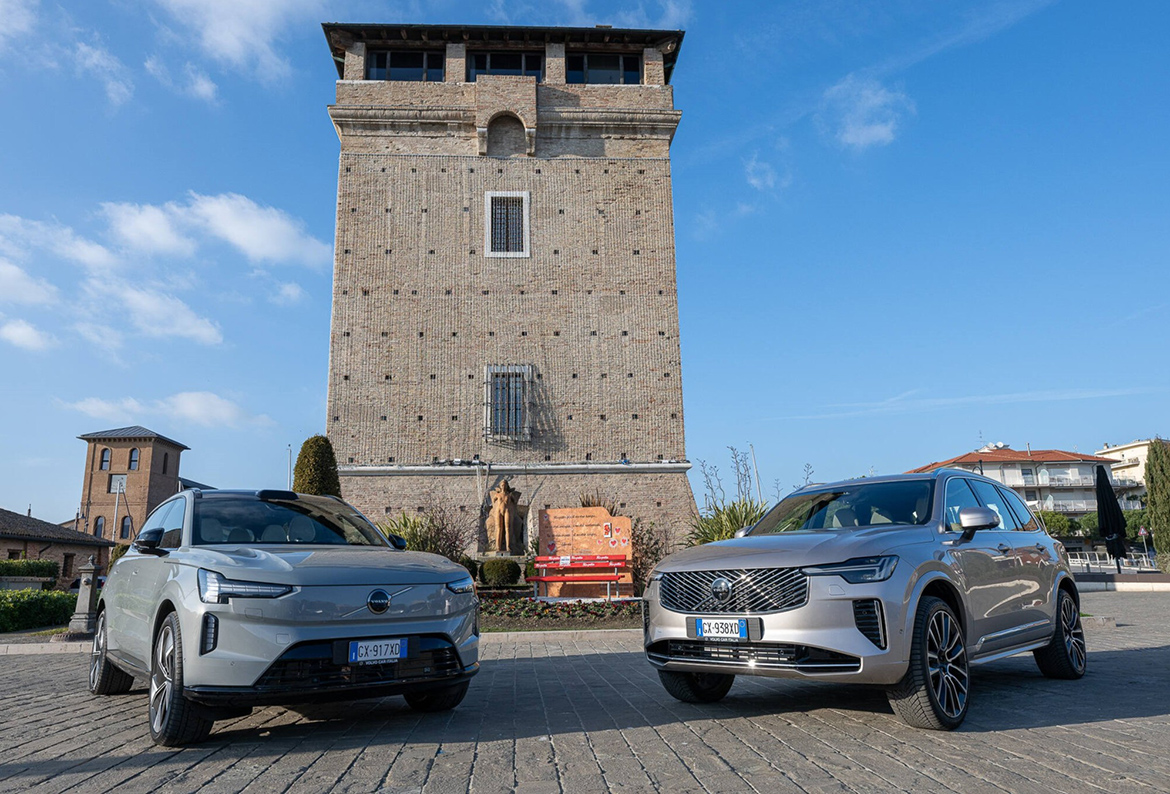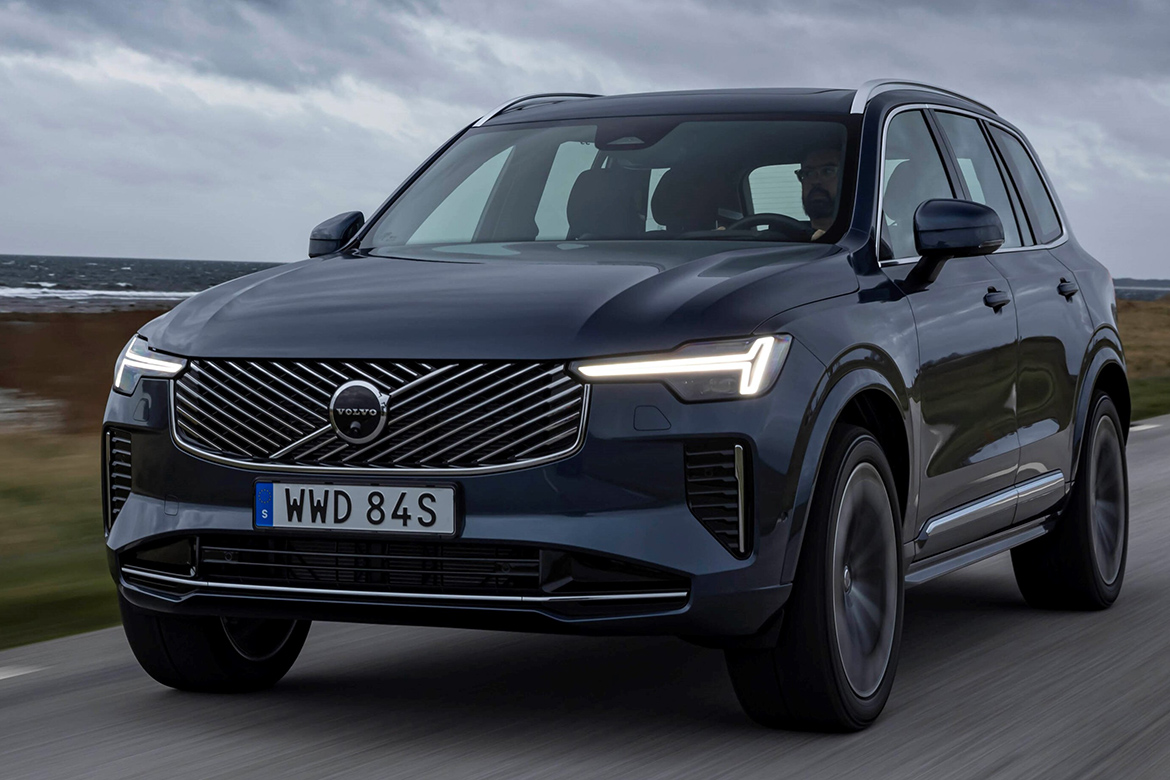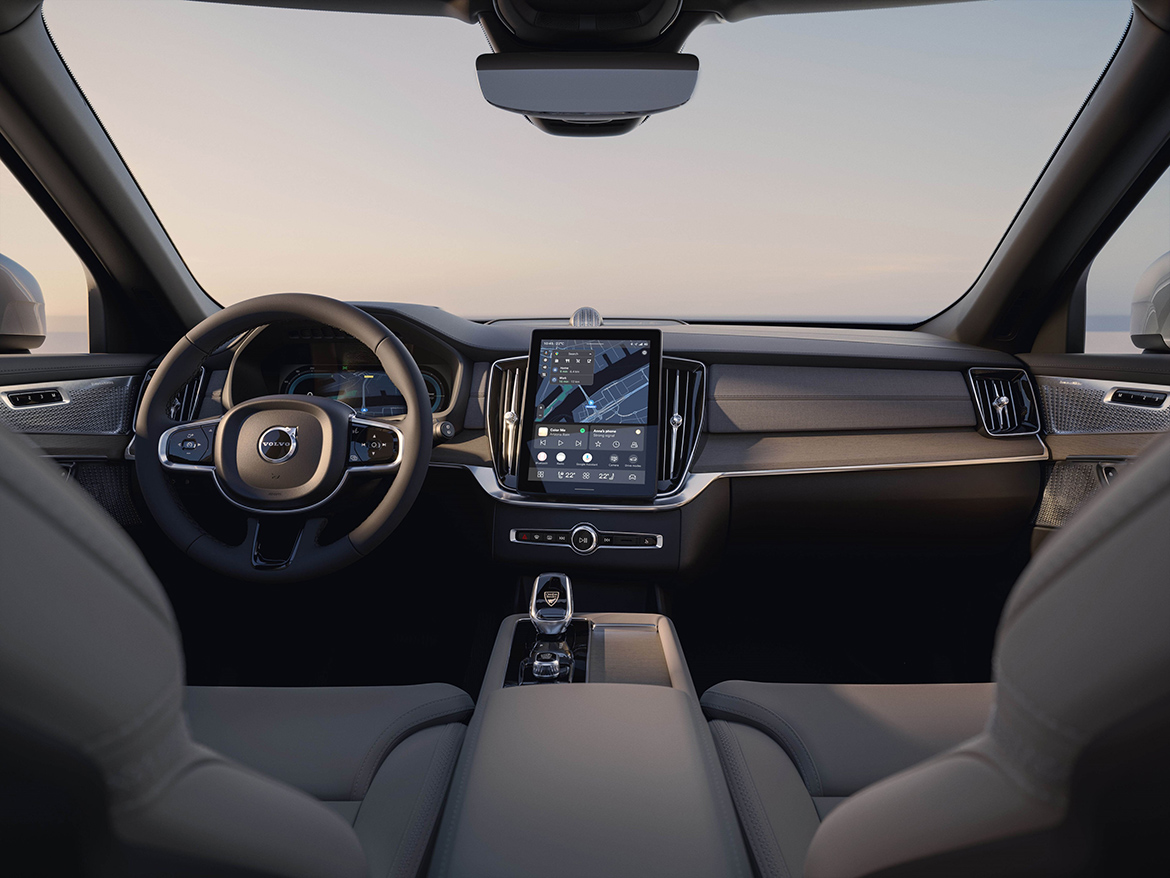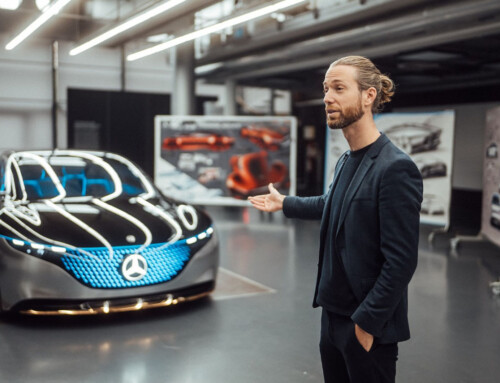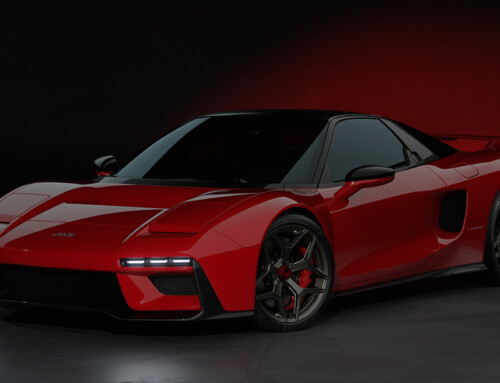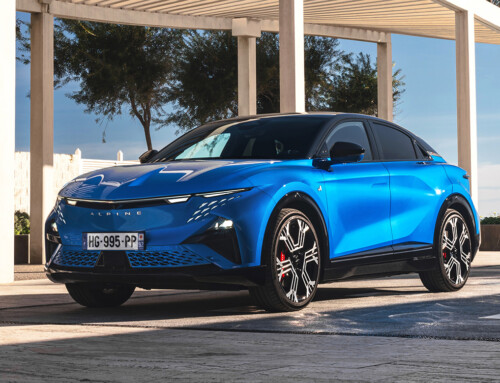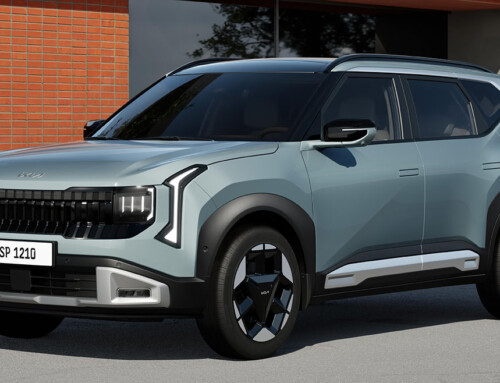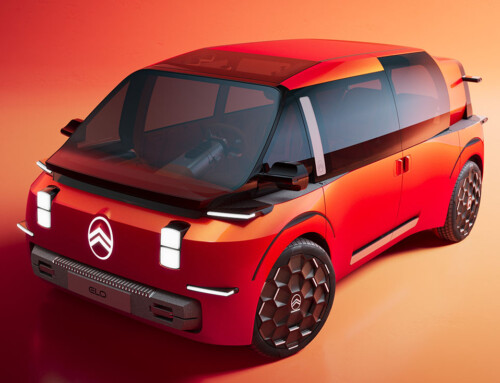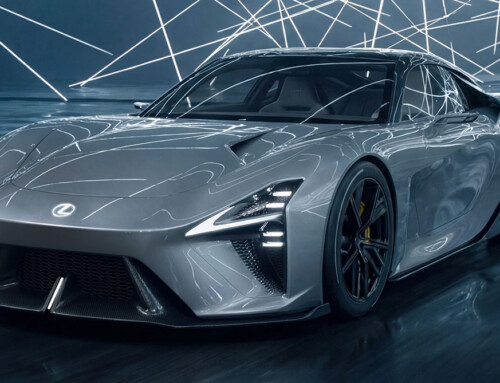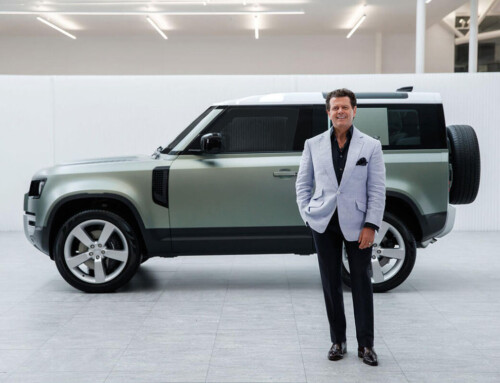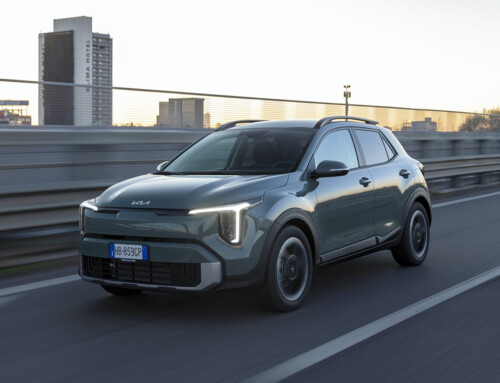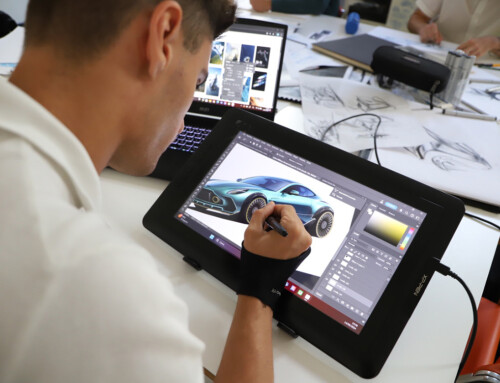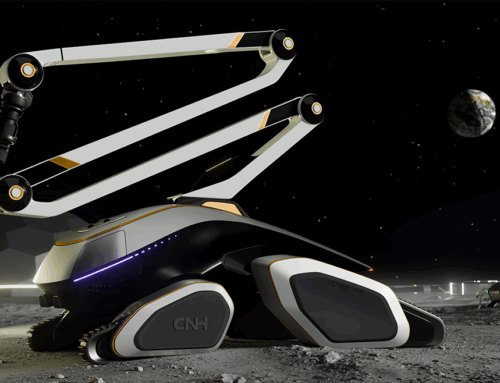A large diagonally weave grille and a closed front crossed by a single, unmistakable, transversal section. Equally identifying headlights thanks to the “Thor’s hammer”, but in two interpretations, one better known although restyled, the other in which the Matrix LEDs make up the T-shape with many small segments. Two different approaches, however, for the taillights: one with the typical vertical headlights shaped around the rear shoulder, the other according to the new style that characterizes its younger sister EX30.
These are Volvo’s two large seven-seater SUVs, the XC90 hybrid and the electric EX90, already analysed by Auto&Design and now tested on the road. And it is precisely by observing them in motion that the two flagships reveal very different character expressions. At a glance, the silhouette of the electric car appears more slender: the EX90 Design Story in A&D no. 259 is 5037 mm long and 1744 mm high, while the XC90 measures 4953 x 1773 mm and their overall width is 2113 and 2140 mm respectively including mirrors.
The XC90 is a great successful classic, renewed not only in technological equipment but also in details that make it more current, bringing it closer to the somatic features of purely electric traction models (to underline in particular the qualities of the T8 plug-in hybrid version, which with 70 km of autonomy in “EV” mode is in fact an electric car in short-range daily trips). A stylistic evolution that on the outside is expressed in the front, with slimmer headlights surrounded by a more sculpted bonnet, a new bumper and new front fenders.
But it is above all inside that the XC90 comes close to the EX90, with a renewed cabin in materials and user interface. When it debuted in 2015, the second-generation XC90 introduced one of the most advanced and intuitive infotainment systems on the market, with the large tablet-sized central screen positioned vertically in the centre of the dashboard. Now that display is even larger (11.2 inches), borrowed directly from the EX90 and EX30 and like these equipped with an Android system with Google integrated (and therefore with the very practical Google Assistant, Google Maps and Google Play services). The same “electric universe” devoted to ever-increasing sustainability also suggests the new interior upholstery of the XC90, in particular Nordico, a soft and lightweight fabric developed by Volvo Cars made from vinyl, recycled PET bottles and cork, as well as organic material from sustainably managed forests, as well as from certified forests derive the panels of the wood inserts that make the environment comfortable and welcoming, according to the best Scandinavian style. Luxury, without opulence.

